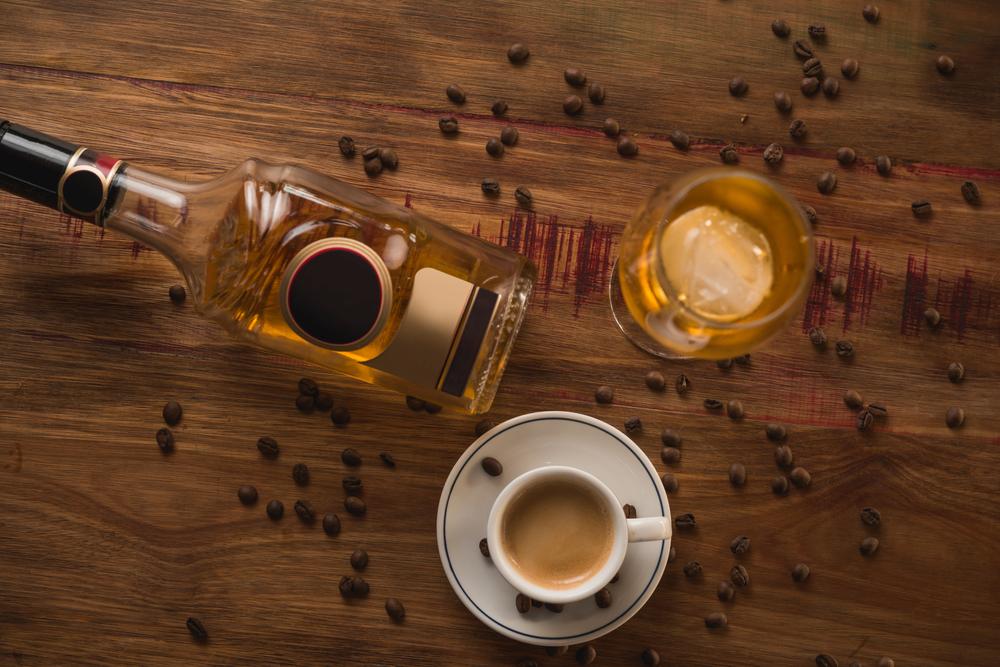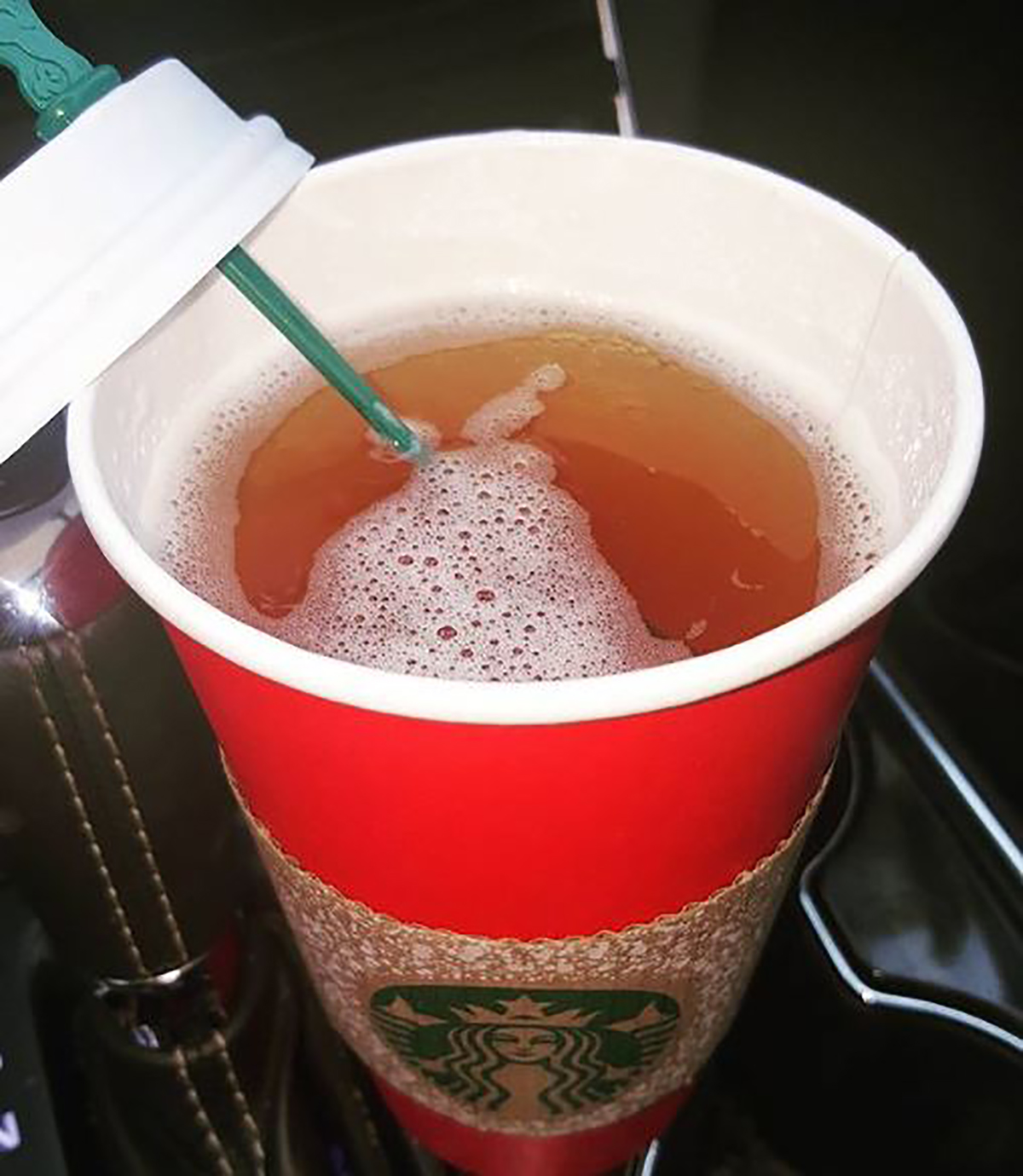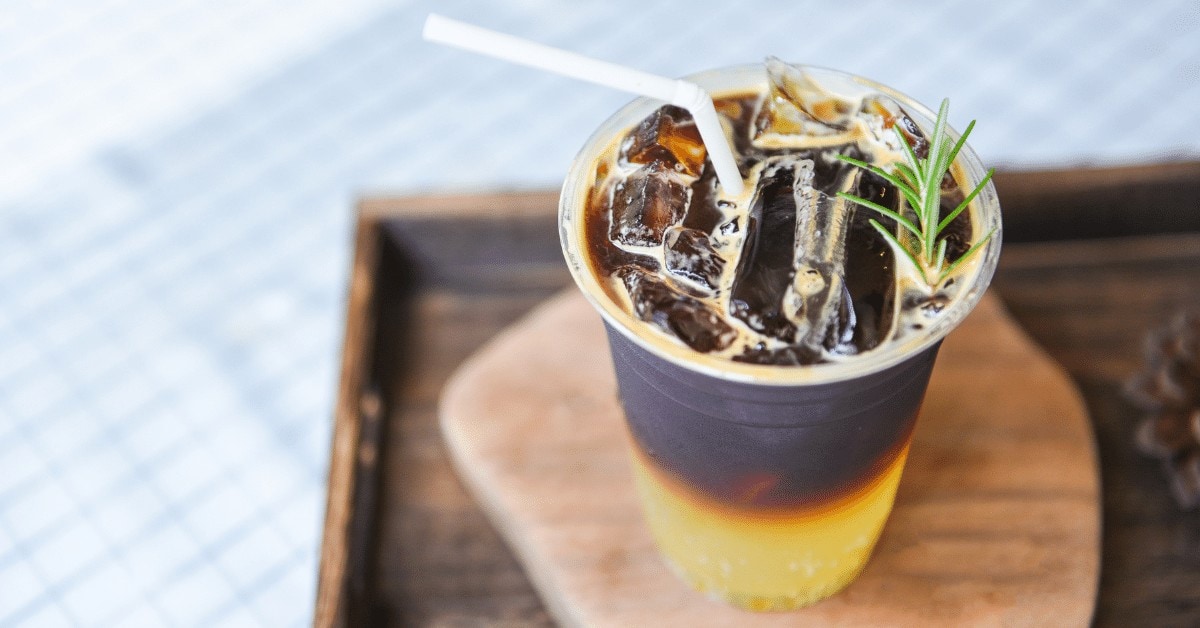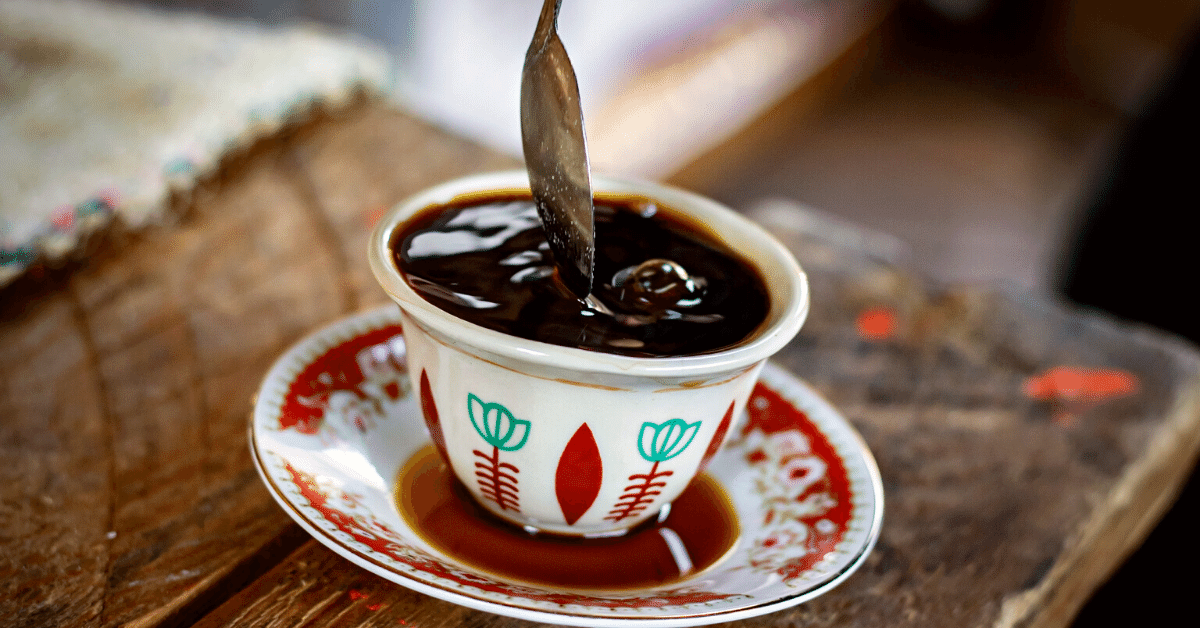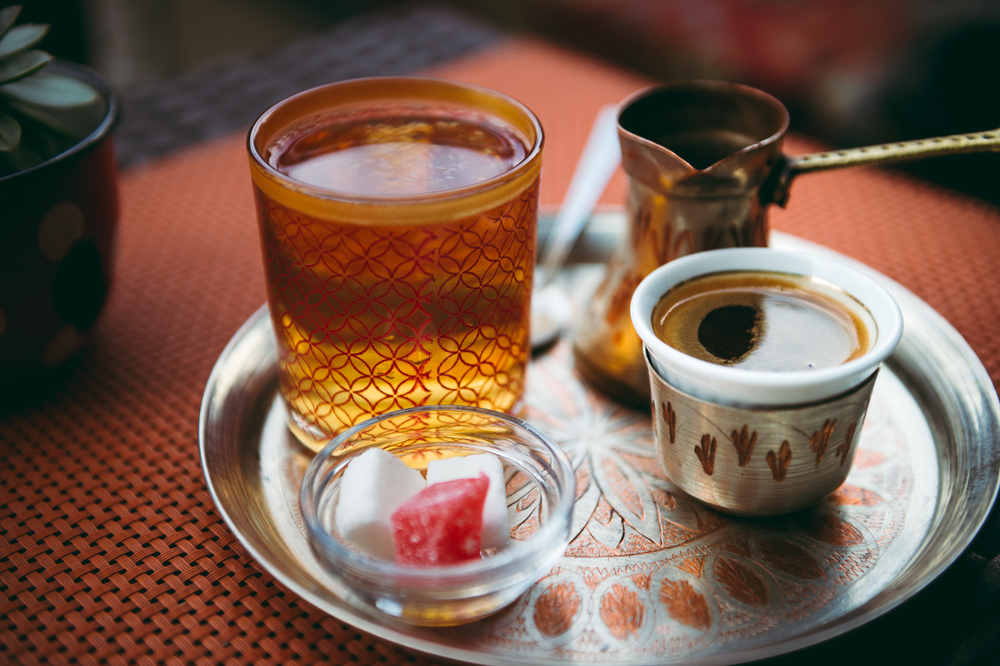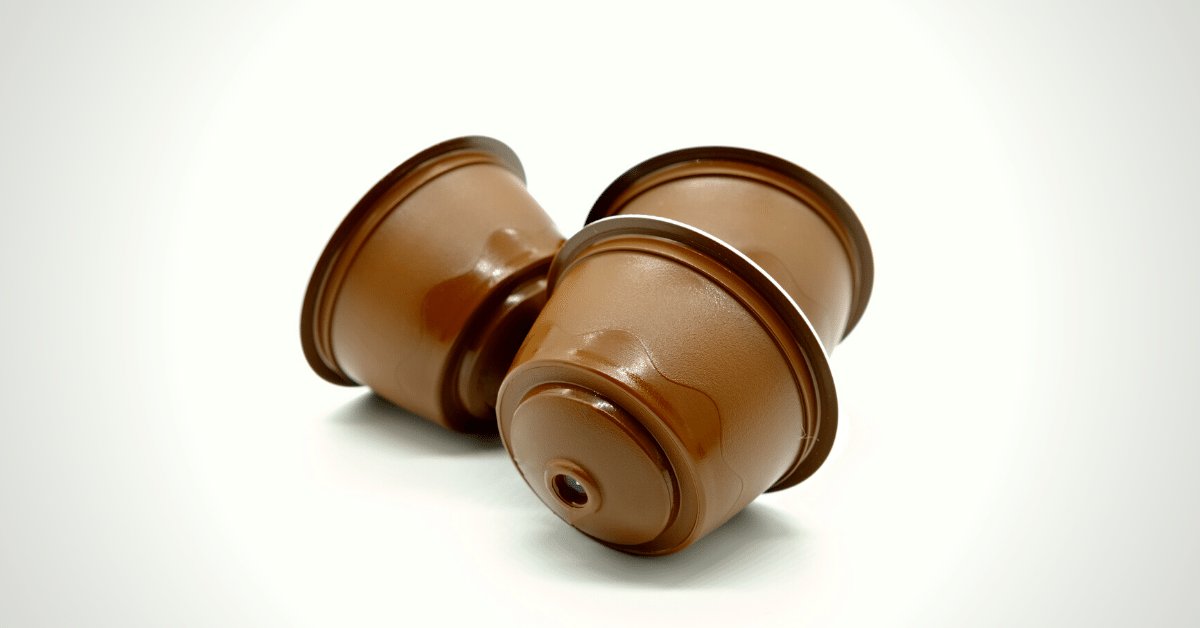The carajillo is Spain’s answer to the Irish coffee—a deceptively simple yet sophisticated cocktail that combines the boldness of espresso with the sweet complexity of liqueur. Popular throughout Spain, Mexico, and Latin America, this drink blurs the line between coffee and cocktail, making it perfect for after-dinner indulgence or as a pick-me-up with a kick.
This complete guide covers everything you need to know about carajillos: the classic recipe, regional variations, the best liqueurs to use, and how to make this elegant drink at home. Whether you’re a coffee enthusiast, cocktail lover, or both, the carajillo deserves a place in your repertoire.
What Is a Carajillo?
A carajillo is a Spanish coffee cocktail traditionally made with espresso and Licor 43 (Cuarenta y Tres), though regional variations use brandy, rum, or other spirits. The drink can be served hot or iced, with the liqueur either mixed into hot espresso or layered for visual effect.
The name “carajillo” has murky origins. One popular theory suggests it comes from “corajillo” (little courage), referring to Spanish soldiers in Cuba who added rum to their coffee for courage before battle. Another theory links it to “caray” (a Spanish exclamation), expressing surprise at how good the combination tastes.
The Licor 43 Connection
Licor 43, also called Cuarenta y Tres, is a sweet Spanish liqueur made from 43 different ingredients including citrus, vanilla, and Mediterranean herbs. Its golden color and vanilla-caramel flavor profile make it the traditional choice for carajillos, creating a naturally sweet drink that requires no added sugar.
The liqueur has 31% alcohol by volume (62 proof), providing enough kick to be noticeable without overwhelming the coffee. When combined with hot espresso, Licor 43 creates an aromatic experience that’s greater than the sum of its parts.
The Classic Carajillo Recipe
Ingredients
For one serving:
- 1 shot (1 oz) freshly pulled espresso, hot
- 1 oz (30 ml) Licor 43
- Ice (optional, for iced version)
- Lemon peel twist (for garnish)
Instructions – Hot Carajillo
- Prepare your glass: Use a Gibraltar glass, small rocks glass, or heat-resistant glass (4-6 oz capacity)
- Pull espresso: Extract a fresh shot of espresso (about 1 oz, 25-30 second extraction)
- Add Licor 43: Pour 1 oz Licor 43 into the glass
- Add espresso: Immediately pour the hot espresso over the liqueur
- Stir gently: Use a small spoon to combine (optional—some prefer the layered effect)
- Garnish: Express oils from a lemon peel twist over the drink, then drop it in or perch on rim
- Serve immediately: The drink is best consumed while hot
Instructions – Iced Carajillo (Modern Style)
- Fill glass with ice: Use a rocks glass or highball glass
- Add Licor 43: Pour 1-1.5 oz over ice
- Pull espresso: Extract a hot shot of espresso
- Pour over ice: Slowly pour hot espresso over the Licor 43 and ice, creating a layered effect
- Optional stir: Leave layered for presentation, or stir to integrate flavors
- Garnish: Lemon twist or orange peel
Pro tip: The iced version has become increasingly popular, especially in trendy coffee shops and cocktail bars. The visual layering effect makes it Instagram-worthy, and the cold temperature makes it more refreshing.
Regional Variations
Carajillo de Ron (Cuban/Caribbean Style)
Ingredients:
- 1 oz espresso or strong Cuban coffee
- 1 oz dark rum (preferably Cuban rum like Havana Club)
- ½ oz simple syrup or sugar to taste
- Optional: cinnamon stick
This version emphasizes the rum’s molasses notes alongside coffee’s bitterness. The addition of sugar is more common in Caribbean versions, as dark rum is less sweet than Licor 43. Some variations include lighting the rum on fire briefly (flambé) before adding coffee, caramelizing the sugars.
Carajillo de Brandy (Catalan Style)
Ingredients:
- 1 oz espresso
- 1 oz Spanish brandy (like Carlos I or Fundador)
- Lemon peel
- Coffee beans (3-5, for garnish)
In Catalonia, brandy is the traditional choice. The drink is often served in a small brandy snifter to concentrate aromas. Some bartenders warm the brandy slightly with a lighter before adding espresso, enhancing aromatic compounds.
Mexican Carajillo
Ingredients:
- 1.5 oz espresso
- 1.5 oz Licor 43 OR 1 oz tequila añejo
- Ice
- Optional: cinnamon, piloncillo (unrefined cane sugar)
Mexican carajillos often use Licor 43 but with a higher coffee-to-liqueur ratio than Spanish versions. Alternatively, premium aged tequila creates an interesting variation, with tequila’s vegetal notes complementing espresso’s earthiness. The iced version is most popular, served in tall glasses over ice.
Carajillo Bombón (Valencia Style)
Ingredients:
- 1 oz espresso
- 1 oz Licor 43
- 1 oz sweetened condensed milk
- Ice
This indulgent version adds sweetened condensed milk, creating a three-layer drink when poured carefully: condensed milk on bottom, Licor 43 in middle, espresso on top. It’s essentially a carajillo meets Vietnamese coffee, resulting in a dessert-like beverage.
Corretto (Italian Cousin)
While not technically a carajillo, Italy’s caffè corretto is similar in concept:
- 1 shot espresso
- ½-1 oz grappa, sambuca, or brandy
Served in a small espresso cup, the spirit is either added directly to hot espresso or served alongside for the drinker to add. It’s typically a morning or after-lunch drink in Italy—a quick shot rather than a sipping cocktail.
Best Liqueurs and Spirits for Carajillos
Licor 43 (Traditional Choice)
Flavor profile: Vanilla, citrus, caramel, botanical complexity
Sweetness: Very sweet (no additional sugar needed)
ABV: 31%
Best for: Classic carajillos, iced versions, coffee newcomers
Availability: Widely available in US and Europe
Brandy (Spanish Style)
Recommendations: Carlos I, Fundador, Torres 10
Flavor profile: Oak, dried fruit, warming spices
Sweetness: Moderate (may want to add sugar)
Best for: After-dinner sipping, sophisticated palates
Dark Rum (Caribbean Style)
Recommendations: Havana Club, Diplomatico, Zacapa
Flavor profile: Molasses, caramel, vanilla, oak
Sweetness: Moderate to sweet depending on rum
Best for: Bold coffee lovers, tropical variations
Tequila Añejo (Modern Mexican)
Recommendations: Don Julio Añejo, Patrón Añejo, Clase Azul Reposado
Flavor profile: Agave, vanilla, oak, subtle pepper
Sweetness: Low (add agave syrup if desired)
Best for: Adventurous drinkers, upscale cocktail bars
Alternatives If You Can’t Find Licor 43
Tuaca: Italian vanilla-citrus liqueur, similar sweetness and vanilla notes
Galliano: Herbal Italian liqueur, more complex and less sweet
Frangelico: Hazelnut liqueur—creates a nutty variation
Kahlúa: Coffee liqueur—makes an intensely coffee-forward drink
Coffee Selection Matters
The espresso you use significantly affects the final drink:
Best Coffee Characteristics
Roast level: Medium to dark roast work best. Dark roasts provide bold, chocolatey notes that stand up to liqueur sweetness. Light roasts can taste too acidic and fruity, clashing with Licor 43’s vanilla character.
Bean origin:
- Brazilian beans: Nutty, chocolatey, low acidity—excellent choice
- Colombian beans: Balanced, caramel notes—very good
- Sumatran beans: Earthy, full-bodied—interesting for brandy versions
- Ethiopian beans: Too fruity and bright—skip for carajillos
Extraction: Pull a slightly shorter shot (ristretto, about 0.75-1 oz in 20-25 seconds) for more concentrated flavor that won’t get lost in the liqueur.
Glassware and Presentation
Proper glassware elevates the carajillo experience:
Traditional Serving
Gibraltar glass (4.5 oz): The classic choice. The thick glass retains heat, and the size is perfect for the 2 oz drink. Shows off layering beautifully.
Small rocks glass (6-8 oz): Works well for both hot and iced versions. Provides room for ice in cold preparations.
Small brandy snifter: Traditional for brandy carajillos. The bowl shape concentrates aromas.
Modern Presentation
Highball glass (10-12 oz): Ideal for iced carajillos with plenty of ice. Creates impressive layered visual effect.
Coupe glass: Elegant, works for both hot and iced. Popular in upscale cocktail bars.
When to Serve Carajillos
After-Dinner Drink (Traditional)
In Spain, carajillos are sobremesa staples—the conversation-filled time after a meal. They serve as both digestif and coffee, helping digestion while extending social time. Serve hot carajillos after dinner alongside dessert or in place of it.
Afternoon Pick-Me-Up
The combination of caffeine and alcohol creates a unique effect—the caffeine provides alertness while alcohol takes the edge off. Iced carajillos work perfectly on hot afternoons.
Brunch Cocktail
Carajillos make sophisticated brunch drinks, more elegant than mimosas. The iced version is particularly popular at weekend brunch gatherings.
Evening Cocktail Hour
Serve iced carajillos during cocktail hour as an alternative to martinis or negronis. The coffee-cocktail hybrid appeals to both coffee and cocktail enthusiasts.
Food Pairings
Carajillos complement various foods:
Desserts:
- Churros with chocolate sauce (classic Spanish pairing)
- Flan or crème brûlée (caramel echoes Licor 43’s notes)
- Tiramisu (coffee + coffee = perfection)
- Dark chocolate truffles
Cheese:
- Manchego (Spanish sheep cheese)
- Aged Gouda (caramel notes match liqueur)
- Blue cheese (bold flavors stand up to spirits)
Savory:
- Tapas assortment (jamón, olives, almonds)
- Grilled steak (brandy carajillo after dinner)
- Spicy foods (Mexican versions alongside tacos or mole)
Carajillo Variations and Experiments
Carajillo Martini
Shake espresso and Licor 43 with ice, strain into a chilled martini glass, garnish with espresso beans. This creates a cold, frothy version perfect for cocktail hour.
Spiced Carajillo
Add a cinnamon stick and star anise to hot carajillo, or rim glass with cinnamon-sugar blend. Great for fall/winter.
Carajillo Float
Pour iced carajillo over a scoop of vanilla ice cream for an adult affogato experience.
Carajillo Frappé
Blend espresso, Licor 43, ice, and a splash of milk for a frozen version—essentially a boozy coffee milkshake.
Orange Carajillo
Use orange-flavored liqueur (Grand Marnier or Cointreau) instead of Licor 43 for a citrus-forward variation.
Making Carajillos Without an Espresso Machine
Don’t have an espresso machine? You can still make delicious carajillos:
Moka Pot Method
A Moka pot creates strong, concentrated coffee perfect for carajillos. Brew a small Moka pot (1-3 cup size) and use the concentrated coffee just like espresso.
AeroPress Method
Use the inverted AeroPress method with fine grind and minimal water (2-3 oz) to create espresso-strength coffee. Use 18-20g coffee, 2-3 oz water, 1-2 minute steep, then press.
Strong Brewed Coffee
As a last resort, use very strong French press or pour-over coffee (double the normal grounds). It won’t have espresso’s intensity, but you can increase the ratio to 1.5 oz coffee to 1 oz liqueur.
Caffeine and Alcohol: Understanding the Effects
Carajillos combine stimulant (caffeine) and depressant (alcohol), creating unique effects:
Caffeine Content
One shot espresso contains approximately 63-75mg caffeine—about the same as a small cup of coffee but delivered more quickly. This provides alertness and energy.
Alcohol Content
One ounce of Licor 43 (31% ABV) contains about 0.31 oz pure alcohol—roughly equivalent to a small glass of wine or light beer.
The Combined Effect
Caffeine can mask alcohol’s sedative effects, making you feel more alert than your blood alcohol level suggests. This doesn’t reduce intoxication—it only affects perception. Enjoy carajillos responsibly, especially when served as after-dinner drinks where you may have already consumed wine.
Recommendation: Limit to 1-2 carajillos per sitting. The combination is enjoyable but potent.
Common Mistakes and How to Avoid Them
Mistake 1: Using Cold or Lukewarm Espresso
Espresso should be freshly pulled and piping hot. Cold espresso doesn’t integrate well with liqueur and lacks aromatic intensity. Pull your shot immediately before mixing.
Mistake 2: Wrong Ratio
Too much liqueur creates overly sweet drinks that mask coffee. Too little makes it taste like spiked coffee rather than a cocktail. Stick to 1:1 ratio as a baseline, adjusting slightly to taste.
Mistake 3: Low-Quality Coffee
Since carajillos have only two main ingredients, both must be high quality. Stale or poorly extracted espresso will ruin the drink. Use fresh beans and proper extraction technique.
Mistake 4: Stirring Iced Carajillos Immediately
The layered visual effect is part of the appeal. Let guests see the layers before stirring, or serve with a straw and let them mix it themselves.
Mistake 5: Overcomplicating
Carajillos are elegantly simple. Resist the urge to add syrups, cream, or excessive garnishes. Let the espresso and liqueur shine.
Batch Carajillos for Parties
Serving carajillos to a crowd? Make a batch:
For 10 servings:
- Pull 10 shots espresso (or brew 10 oz concentrated Moka pot coffee)
- Combine with 10 oz Licor 43 in a pitcher
- Keep warm in a thermos or carafe
- Pour 2 oz servings into small glasses
- Garnish each with lemon twist
For iced party version:
- Brew espresso and let cool to room temperature
- Combine equal parts espresso and Licor 43 in a pitcher
- Refrigerate until needed
- Pour over ice-filled glasses
- Guests can add more ice or espresso to taste
The Verdict: Why Carajillos Deserve Your Attention
Carajillos occupy a unique space between coffee and cocktail, offering sophistication without fussiness. The drink requires minimal ingredients, no specialized bartending skills, and only a few minutes to prepare—yet delivers a complex, satisfying experience.
Whether you prefer the classic Spanish version with Licor 43, the bold Caribbean rum iteration, or the smooth Mexican iced style, carajillos prove that simplicity often creates the most memorable drinks.
For coffee lovers, it’s a new way to experience espresso. For cocktail enthusiasts, it’s an approachable coffee cocktail that doesn’t require acquiring a taste for bitter drinks. For hosts, it’s an impressive after-dinner offering that takes minutes to prepare.
The next time you’re looking for something more interesting than regular coffee but don’t want the production of a complicated cocktail, reach for your espresso and Licor 43. The carajillo is waiting.
Contains affiliate links. As an Amazon Associate, we earn from qualifying purchases at no cost to you.

